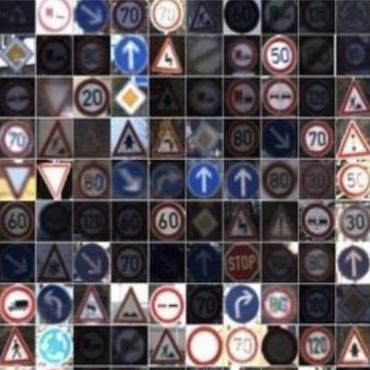Search Results for author: Heiko Hoffmann
Found 7 papers, 4 papers with code
Few-Shot Image Classification Along Sparse Graphs
no code implementations • 7 Dec 2021 • Joseph F Comer, Philip L Jacobson, Heiko Hoffmann
Few-shot learning remains a challenging problem, with unsatisfactory 1-shot accuracies for most real-world data.
Pooling by Sliced-Wasserstein Embedding
1 code implementation • NeurIPS 2021 • Navid Naderializadeh, Joseph Comer, Reed Andrews, Heiko Hoffmann, Soheil Kolouri
Learning representations from sets has become increasingly important with many applications in point cloud processing, graph learning, image/video recognition, and object detection.
Set Representation Learning with Generalized Sliced-Wasserstein Embeddings
no code implementations • 5 Mar 2021 • Navid Naderializadeh, Soheil Kolouri, Joseph F. Comer, Reed W. Andrews, Heiko Hoffmann
An increasing number of machine learning tasks deal with learning representations from set-structured data.
Wasserstein Embedding for Graph Learning
1 code implementation • ICLR 2021 • Soheil Kolouri, Navid Naderializadeh, Gustavo K. Rohde, Heiko Hoffmann
We present Wasserstein Embedding for Graph Learning (WEGL), a novel and fast framework for embedding entire graphs in a vector space, in which various machine learning models are applicable for graph-level prediction tasks.
 Ranked #3 on
Graph Classification
on RE-M5K
Ranked #3 on
Graph Classification
on RE-M5K
Universal Litmus Patterns: Revealing Backdoor Attacks in CNNs
1 code implementation • CVPR 2020 • Soheil Kolouri, Aniruddha Saha, Hamed Pirsiavash, Heiko Hoffmann
In this paper, we introduce a benchmark technique for detecting backdoor attacks (aka Trojan attacks) on deep convolutional neural networks (CNNs).
Discovering Molecular Functional Groups Using Graph Convolutional Neural Networks
no code implementations • 1 Dec 2018 • Phillip Pope, Soheil Kolouri, Mohammad Rostrami, Charles Martin, Heiko Hoffmann
Functional groups (FGs) are molecular substructures that are served as a foundation for analyzing and predicting chemical properties of molecules.
Sliced Wasserstein Distance for Learning Gaussian Mixture Models
2 code implementations • CVPR 2018 • Soheil Kolouri, Gustavo K. Rohde, Heiko Hoffmann
In contrast to the KL-divergence, the energy landscape for the sliced-Wasserstein distance is more well-behaved and therefore more suitable for a stochastic gradient descent scheme to obtain the optimal GMM parameters.






